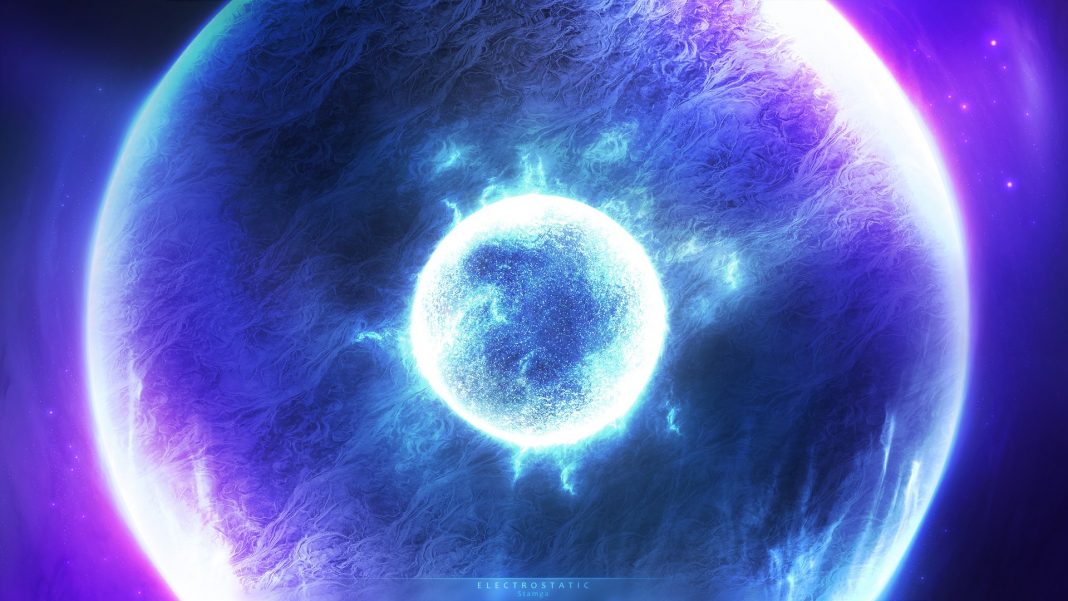Fusion energy has been at the forefront of many a conversation over the past decade or so among physicists. Some have even gone as far as to label it as the “fuel of the future” or as the “ultimate energy source” according to Robert Rosner, a University of Chicago plasma physicist. Some of the reasoning behind this name is because the ingredients used for fusion are found in abundance and its byproducts are minimal. It’s a win-win situation.
Creating fusion energy escapes a number of issues including the lack of fuel, meltdowns, waste disposal and terror risk. And, the principle behind fusion is simple enough too. What happens is when a particular lightweight atomic nucleus is merged at high temperatures more energy is produced than what went in to make it which means that extra energy can then be used to generate electricity. Because some of the mass is converted into pure energy, the byproducts also end up weighing less than it did, to begin with.
The trouble is that fusion is easy to explain, but much more difficult to execute as to merge nuclei is near-impossible. Fusion is created easily within stars because the gas within is so dense. In order to replicate and sustain fusion, we need to be able to produce the same effect. Unfortunately, there is no material on Earth that could withstand this heat and so scientists have to stop the super-hot plasma from touching anything during the process.
But, it is possible to create nuclear fusion and scientists have used tokamaks (ring-shaped fusion reactors) in the past to do it for short bursts. And, the bigger the tokamak, the easier it is to do. The problem is these things cost a lot of money, but then that’s where ITER comes in. The ITER is Latin for “the way” and is an international project that’s based in southern France. It has 35 member countries and a collaborative goal to build the largest ever tokamak to finally be able to prove the feasibility of fusion energy. But, the cost is high and so far billions of dollars have been poured into the project from various member states, but there’s still a long road ahead.
A documentary was made by Mila Aung-Thwin that showcased the work lies of the scientists and engineers at ITER at various points over a four-year period. It’s entitled “Let There Be Light” and focuses on the 70-year quest for fusion energy. The film has already been screened internationally, with more U.S. screenings due to be announced soon. Obviously creating the film has given Aung-Thwin an intimate perspective on the scientists and engineers who may end up being responsible for one day saving the world from destruction.
The film was created as Aung-Thwin realized how important nuclear fusion was and after discovering that the ITER existed. While the Large Hadron Collider was already well known the ITER wasn’t and it fascinated Aung-Thwin. One thing that he found interesting in doing his research was that many scientists seem to oversimplify how easy it will be for renewable energy sources to take over fossil fuels for good, whereas currently, solar provides the world with around 1 percent of its total energy. However, there are also a lot of scientists that do recognize the complete switch to renewables isn’t going to happen without the use of nuclear fusion.
ITER is more of a scientists’ organization opposed to a political one. While some countries are involved for scientific reasons, others are simply in it because they want to make energy. Regardless of individual country’s goals, it’s nice to see a collaboration like this where money is pooled together to form one big pot. It makes research and development so much cheaper and more efficient. The atmosphere at ITER is fun and you can feel the passion among people while you’re there.
However, it does appear to be underfunded, with employees working long hours on low budgets. In one part in the movie, it shows how a meeting took place with the international leaders to discuss whether or not to keep funding ITER. That just goes to show the level of transparency that they operate at. Another great thing about ITER is that it brings together a fusion community where they build off one another’s research. If they did discover a different model of fusion reactor worked better than what they had currently, the team would simply avert course and build that instead.
More News to Read
- IQ May Be Linked to Genetics, But We Still Can’t Predict Intelligence
- New Theory Developed Based on Sleeping Aliens
- The Hubble Captures More Amazing Sights
- Will President Trump Be a Climate Crusader?
- Get Ready for the Chevy Bolt – It’s Nearly Here!











